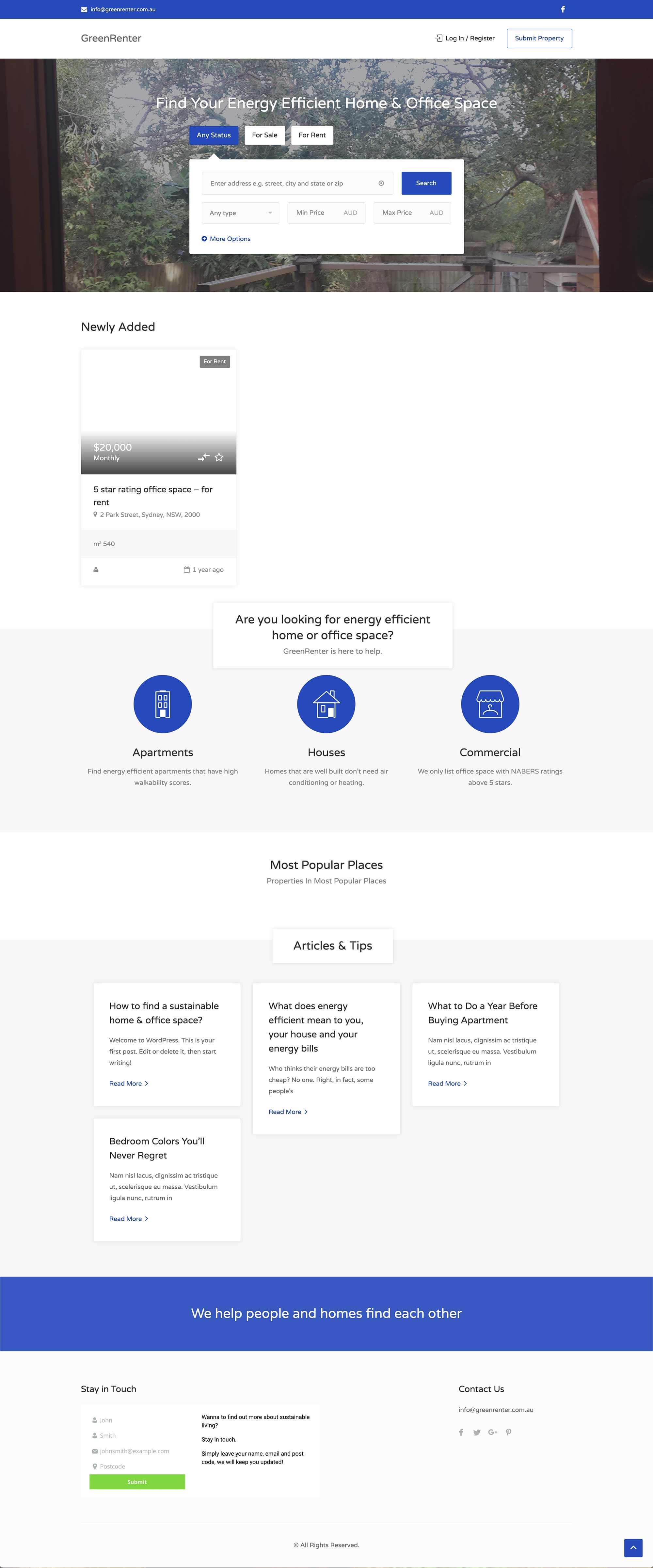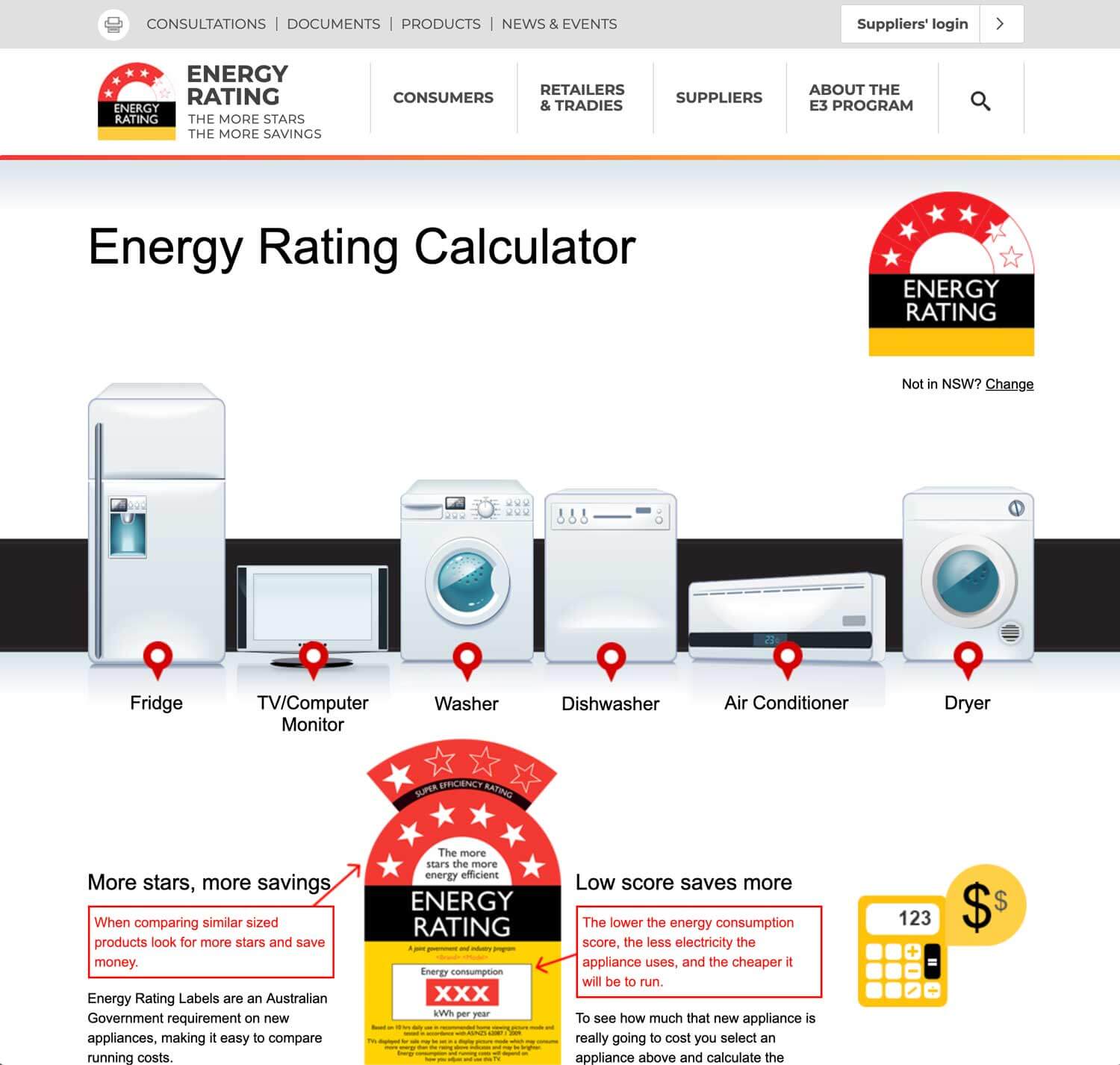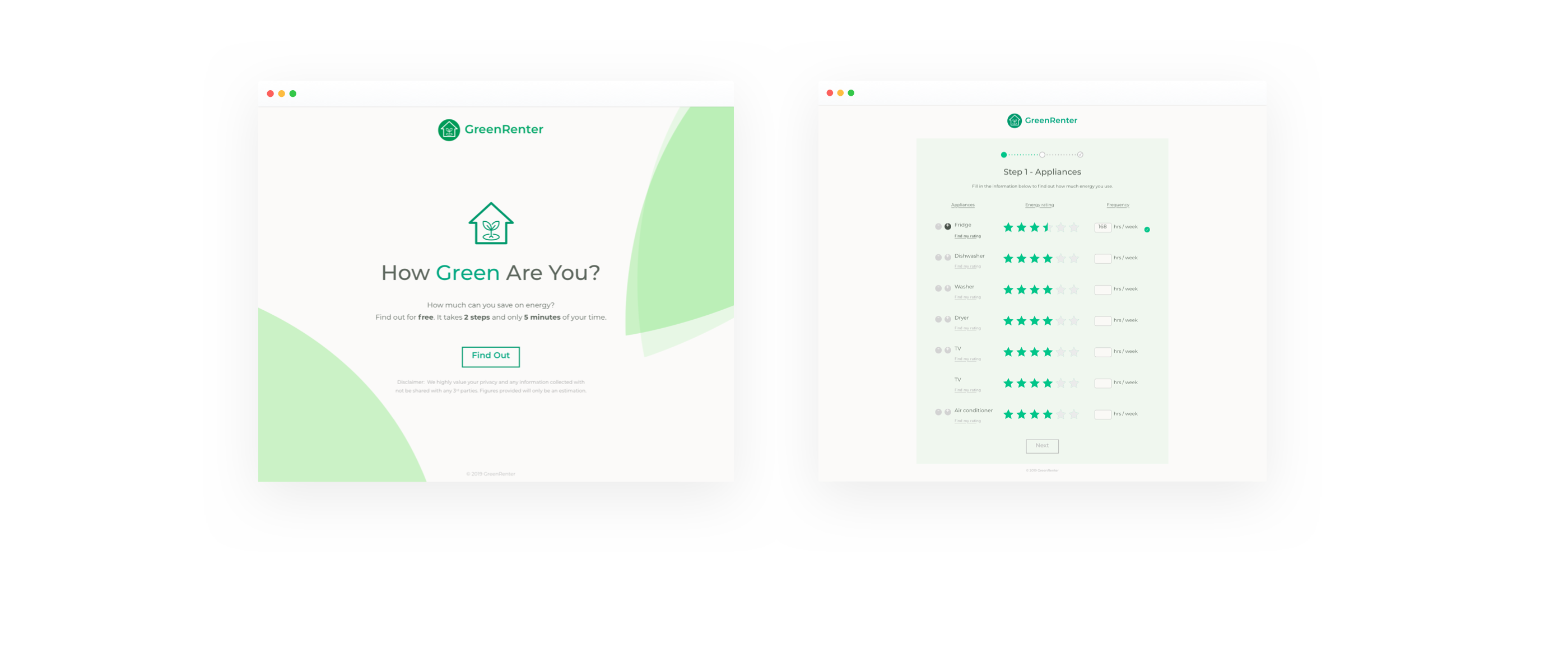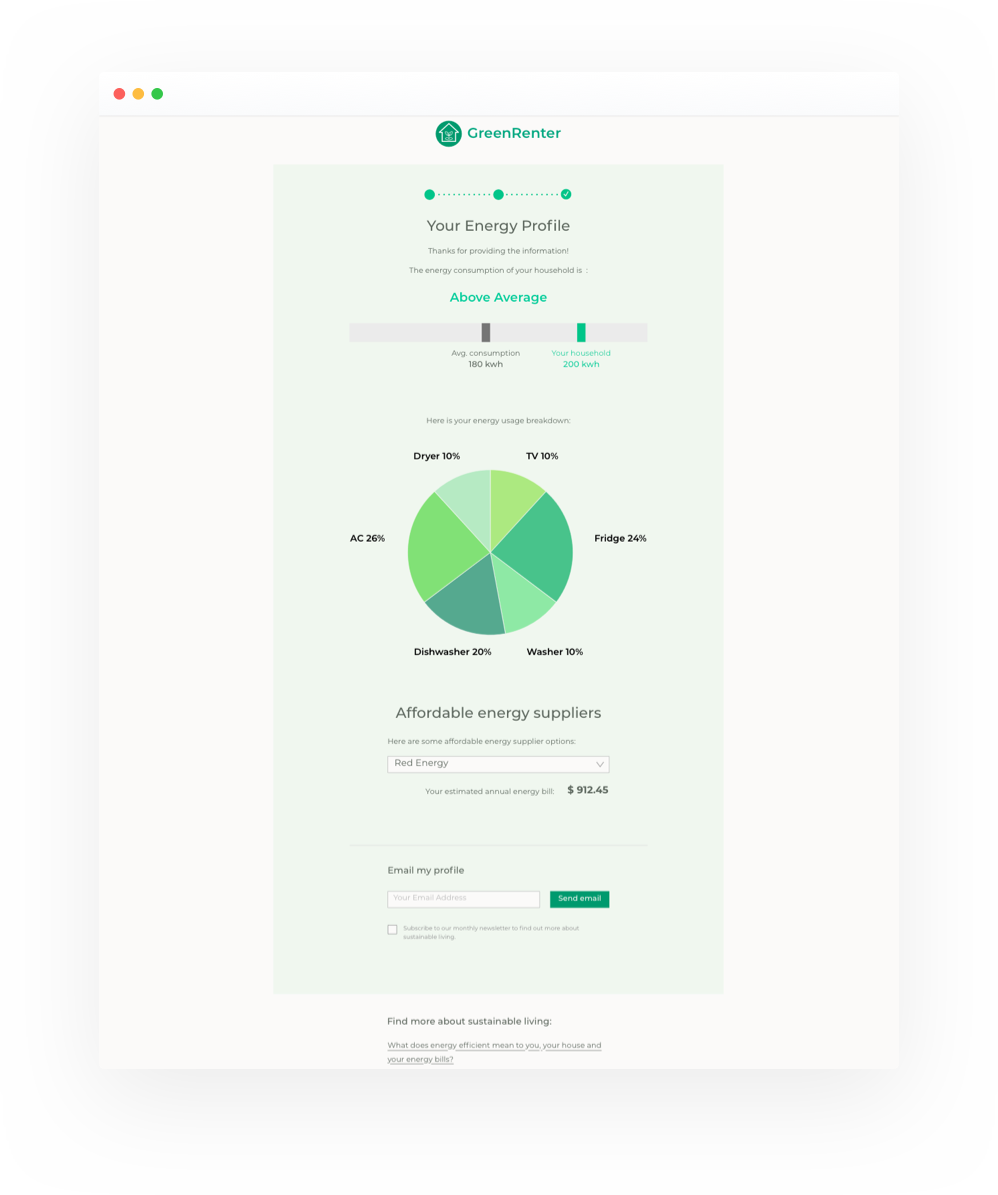The Design
We quickly sketched out the wireframes of the landing site on a whiteboard before getting to work on a hi-fidelity prototype.
Focusing on the ease for the user was our priority here.
Wireframing Hackathon Style

Funny story, my laptop died on me during this weekend, so I ended up being a hybrid UX Designer/Scrum Master. This allowed me to work closely with both the designers and the devs, I needed to see what was feasible in the short amount of time we had.
Is a back-end necessary for this? What will be needed when building this product? How long did they need to build out a working product?
Green, But Too Green
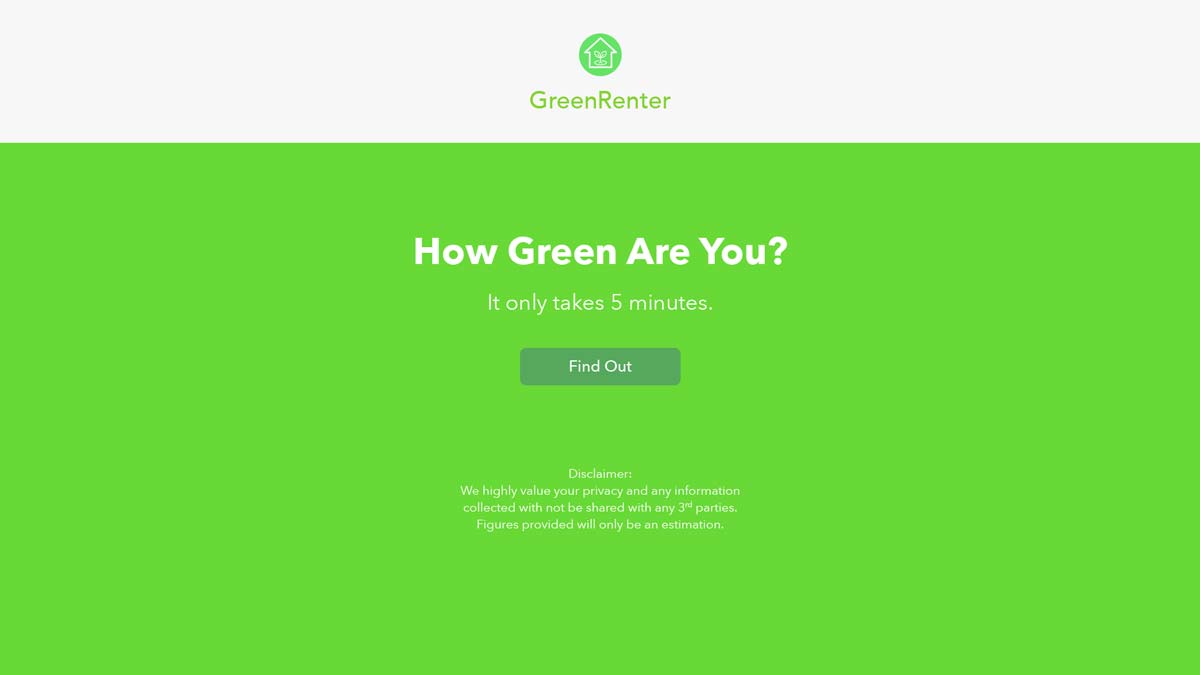
In our first design, we realised that the colours were not working, and everything was hard to read. If we kept it, we knew that people will navigate away. Scaling back the intensity of the green, we found a more pleasant shade of green and worked on the copy of the site.
We preferred the second iteration and had to hand over the designs to the developers to start working on the site. While the rest of the design team worked on the style guide.
Presenting the user with a visual profile, they can see for themselves how they consume energy. We were careful as to not tell people on what to do, but by showing a visual representation of their energy profile, they will get an idea of what consumes a lot of energy. What they do next is up to them, either by changing to a more energy-efficient appliance or by changing their habits a little.
At this stage, I would have liked if we built a mobile version for this site but time was not on our side and had to deliver in time for the presentation.
The Delivery
Alongside the changemakers from GreenRenter, I presented the product to the audience. Although we did not take any prizes for our project, our team were still proud of what we have created in a span of ten hours.
What we hope to achieve from this project is to change people's mindset by letting them understand their energy consumption.
GreenRenter took delivery of this project and it is up to them to build on this project.
Which is harder, changing a mindset?
Or changing behaviour?

